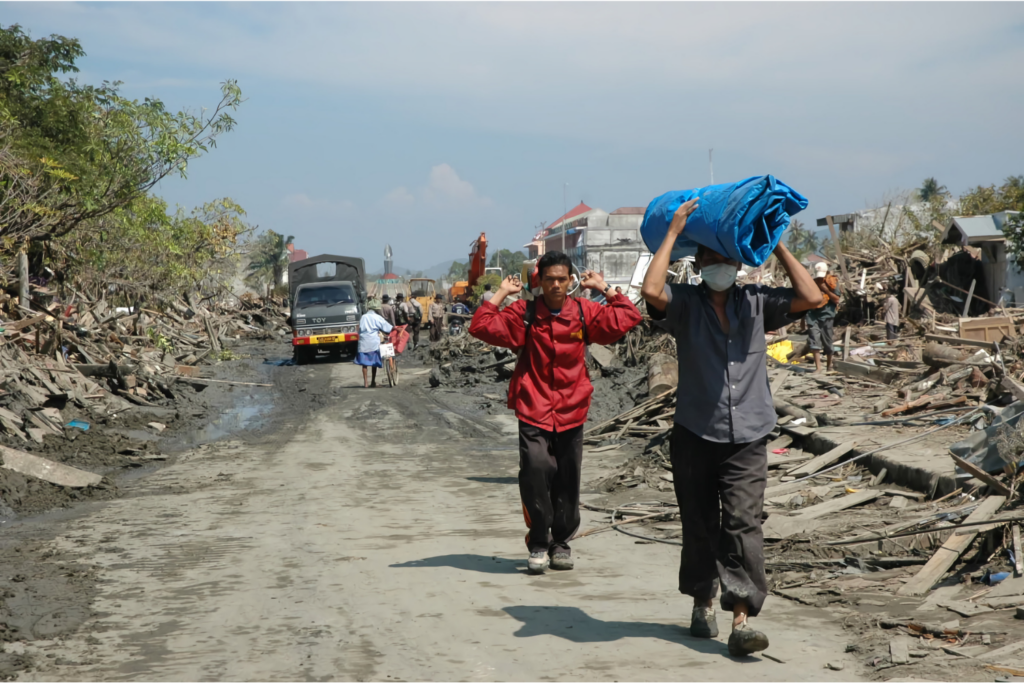Interacting Tipping Elements Increase Risk of Climate Domino Effects under Global Warming
The authors use Boolean and dynamic network models to investigate how the the interactions of climate tipping elements (Greenland Ice Sheet, West Antarctic Ice Sheet, Atlantic Meridional Overturning Circulation (AMOC), El Niño-Southern Oscillation, and Amazon rainforest) could produce domino effects (or tipping cascades) across other tipping elements. They find that tipping points in the Greenland […]





